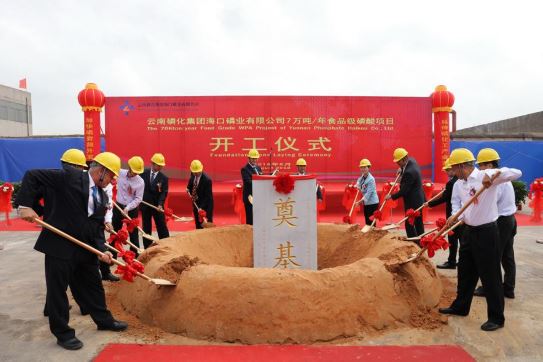ICL JV YPH | China
PRODUCTS & RAW MATERIALS
kt = THOUSANDS OF TONS

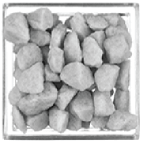
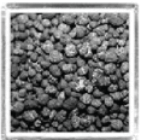
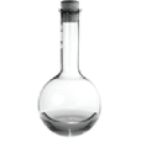
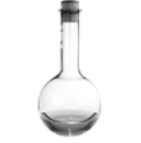
In October 2015, ICL completed the establishment of a 50/50 joint venture with Yunnan Phosphate Chemicals Group Corporation Ltd. The joint venture, ICL China YPH JV, has been included in our reports and databases from 2016 and onwards. ICL has since applied all it’s EHS and sustainability procedures on the YPH sites, and has included the joint venture in global corporate efficiency and operational excellence programs.
YPH holds a concession for the Haikou Mine that expires in 2043, and holds a concession for mining phosphates through 2018 in an additional mine named Baitacun (the “Baitacun mine”), which is located several kilometers from the Haikou Mine. Mining activities have not yet commenced in Baitacun.
The Haikou mine is divided into four areas. The phosphate sources in areas 1 and 2 have been almost fully depleted. The mining in area 3 began in 2015 and the mining activities in area 4 started at the end of 2017.
The phosphate deposits at both mines are part of an extensive marine sedimentary basin in which the phosphate is situated in two layers – an upper layer and a lower layer. The thickness of the upper layer varies from 2.5 to 11 meters and is about 7.6 meters on average, whereas the thickness of the lower layer varies from 2 to 9 meters and is about 6.1 meters on average. The mining is executed based on layers and quality thereof. Each layer has 3 quality categories: Grade I (highest grade) > 30% P2O5, Grade II- 24-30% P2O5 and Grade III- 15-24% P2O5. Structurally, the Haikou mine is moderately complex, which requires precision mining that is accomplished through the use of relatively small mining tools. The phosphate is covered by hard rock layers that require blasting, except for the upper ground level, which is removed and used for reclamation of the mined areas. The phosphate layers are also partially hard and require blasting.
The mining in the Haikou Mine is via open mining using conventional methods of drilling and blasting, hydraulic excavators, mining trucks and tractors for mining phosphates. In the first stage of the mining process, the upper ground level is stripped and stored or spread out over mined areas for purposes of reclamation. In the second stage, drilling, blasting and stripping of the upper overburden level is executed. In the third stage, the mining of the phosphate is performed by drilling and blasting of every layer separately (between which interburden layers exist, of approximately 11 meters in thickness. These layers are also drilled, blasted and stripped). Finally, the mined phosphate is loaded on trucks and being transported to the beneficiation plants.
ICL JV YPH strives to continuously improve the environmental protection of its operations and products. Adhering to the principle of "Protection with development, development with protection", YPH attaches great importance to mine reclamation, with a reclamation rate of more than 90%.
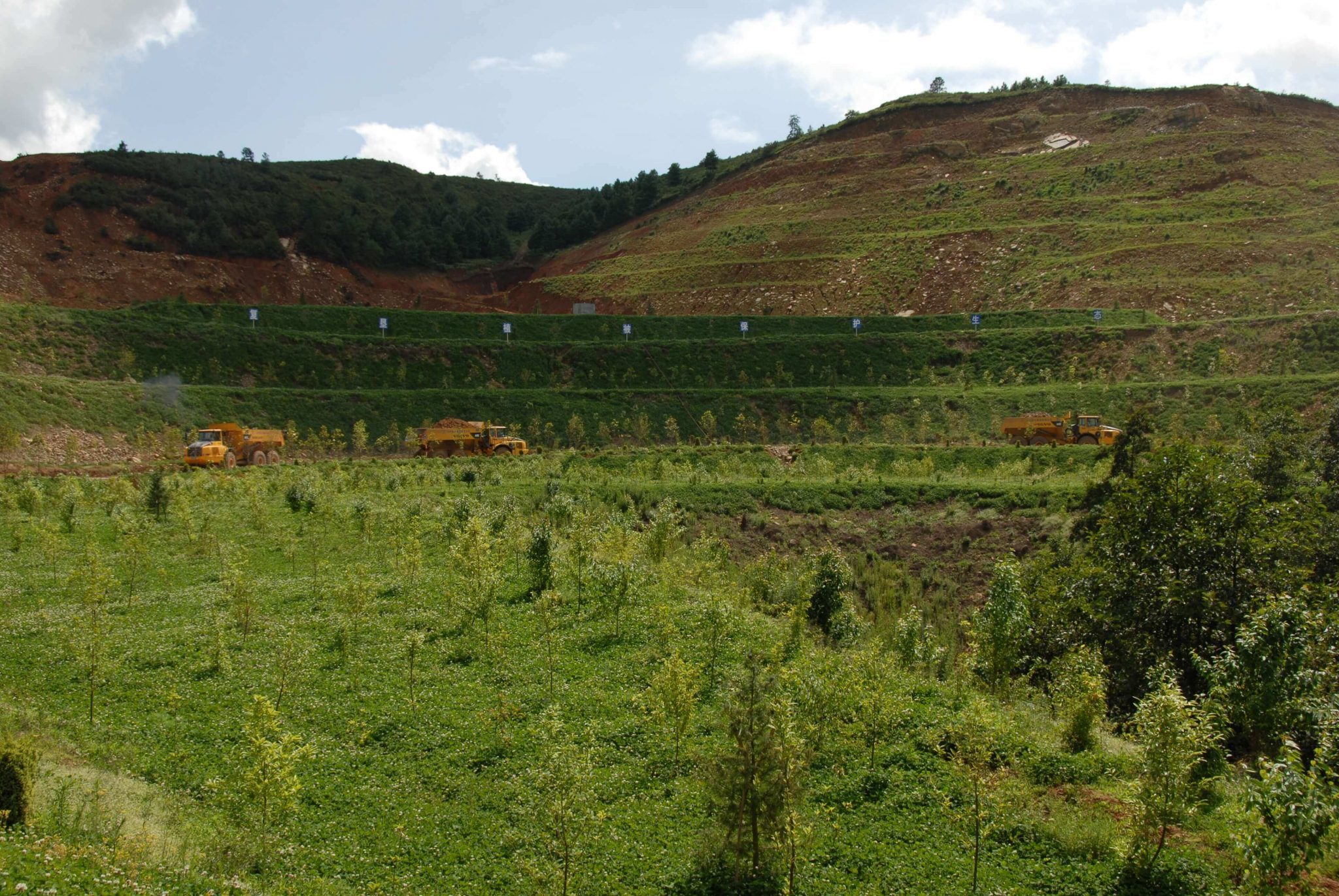
Close to the Haikou mine, there are two beneficiation plants: flotation and scrubbing. The output of these facilities is designated for the production plants of acids and fertilizers, located several kilometers from the Haikou mine, which include four sulphuric acid factories, three green phosphoric acid factories, one factory for manufacturing technical grade white phosphoric acid and six fertilizer factories. These factories are powered by electricity generated from the sulphuric acid production process as well as from the national power network.
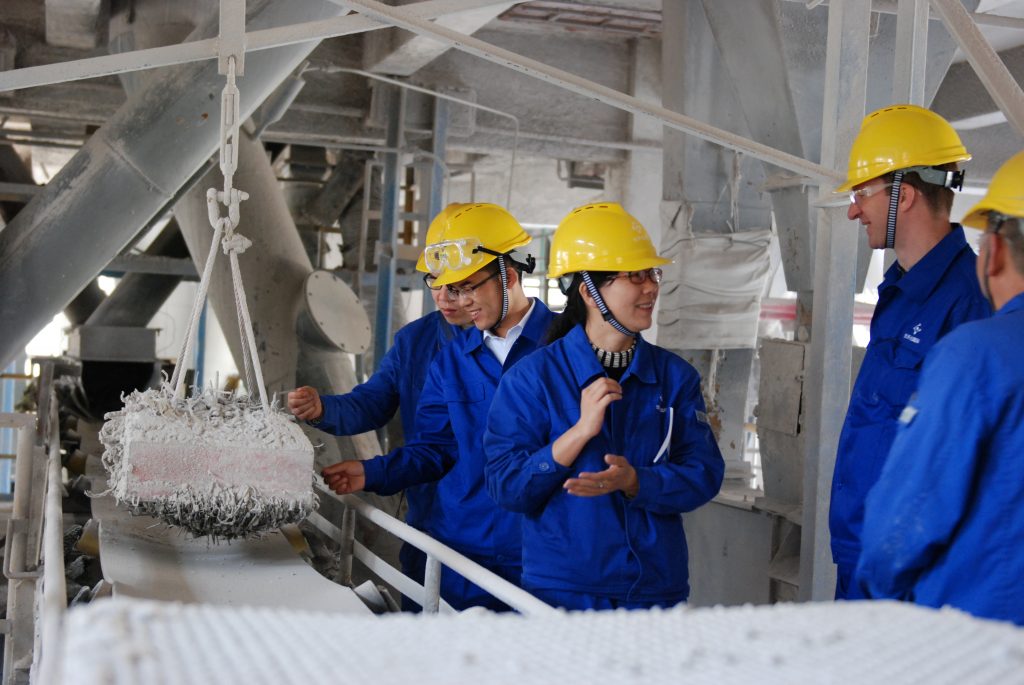
ICL YPH initiates new Food Grade WPA plant
In 2018, ICL YPH holded on opening ceremony for it’s Food grade 80Kt WPA (White Phosphoric Acid) plant. The ceremony was attended by executives from ICL, YPH, government officials and local business leaders.
